What should I do about PFAS in my water?
A consumer guide details how people can deal with harmful PFAS in local water sources being detected nationwide, including around Wisconsin.
Wisconsin Watch
November 28, 2022
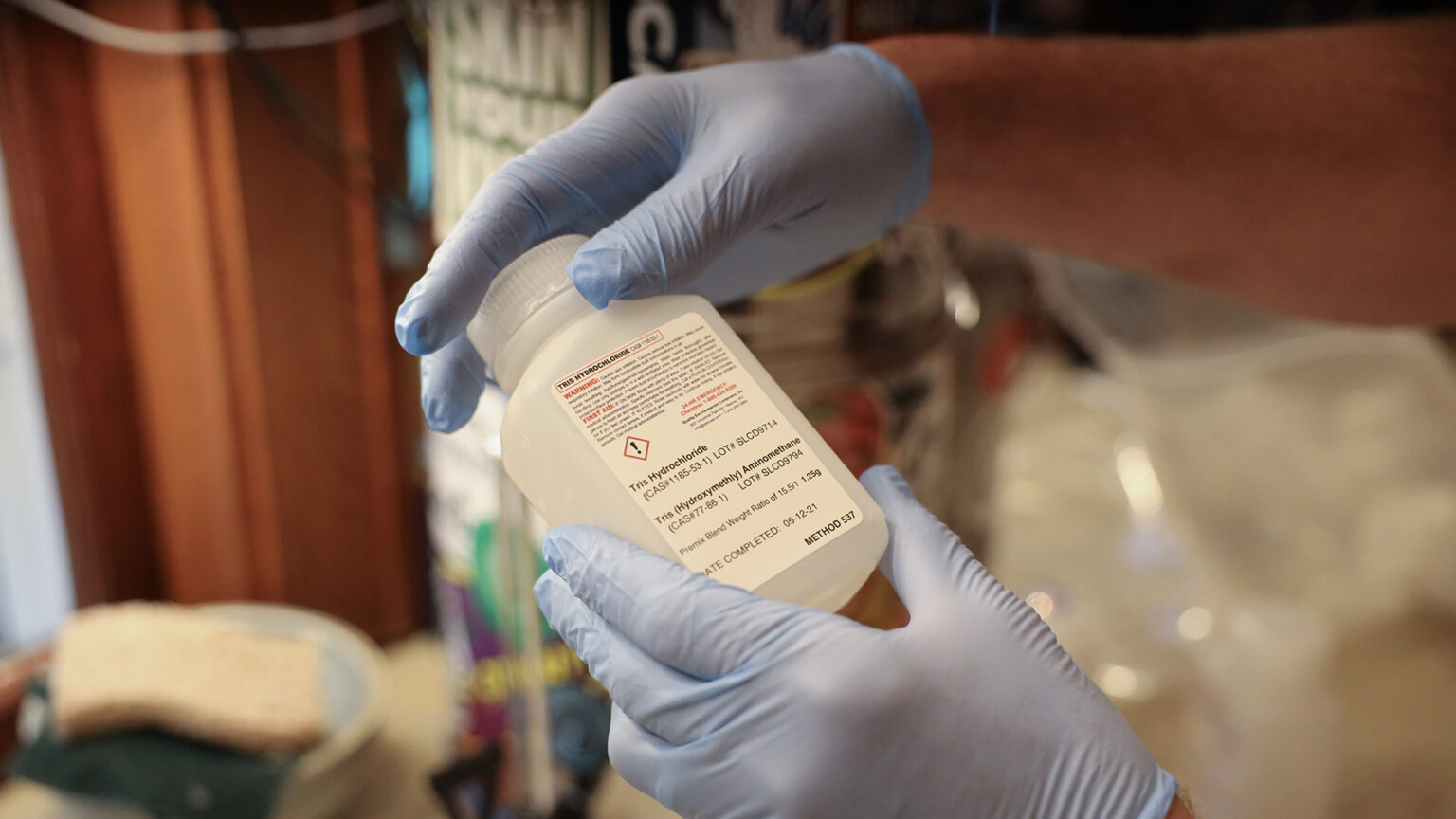
Madison resident Brad Horn collects a water sample to test for PFAS on Aug. 8, 2022. His family collected the water that came out of their AquaRain brand water filter and sent the water to the Regional Water Authority in Connecticut for testing. The results came back with no detectable levels of PFAS in 17 categories and one result of "below Minimum Reporting Level but greater than the Method Detection Limit" for PFHxS. (Credit: Coburn Dukehart / Wisconsin Watch)

If you’ve been hearing more about PFAS in Wisconsin waters, it’s because testing is increasingly detecting those harmful chemicals. As of Nov. 18, the Wisconsin Department of Natural Resources was monitoring PFAS contamination at 91 sites from French Island in the west to Peshtigo in the east.
What can you do if you have PFAS in your water? The answer is complicated. Here’s what to know about navigating threats from the chemicals.
What are PFAS?
PFAS, or per- and polyfluoroalkyl substances, are a class of more than 12,000 human-made compounds. They accumulate in the environment and human bodies over time and do not easily break down, which is why some people call them “forever chemicals.” Increased testing is revealing PFAS in public drinking systems, groundwater and surface waters nationwide.
Why should I care about PFAS?
Scientists haven’t studied most PFAS deeply, but they link two of the most widely researched, PFOA and PFOS, to a range of health problems. Those include altered hormone levels, decreased birth weight, digestive inflammation and ulcers, high cholesterol, hypertension in pregnancy, kidney and testicular cancers and reduced vaccine effectiveness in children.
Where do PFAS come from?
PFAS are ubiquitous in consumer and industrial products, such as fabric stain protectors, firefighting foam, food packaging, lubricants, non-stick cookware, paints and waterproof clothing. Most Americans encounter them through the foods they eat, dust, and hand-to-mouth contact with PFAS-treated products. But you probably wouldn’t know it, because the chemicals are often odorless, colorless and tasteless.

A map shows the approximate locations of Wisconsin Department of Natural Resources PFAS contamination investigations. The numbers by each marker represent the number of open investigations in each community. (Credit: Wisconsin Department of Natural Resources)
Tap water is typically the main source of exposure for people living near contaminated sites. But that doesn’t mean you have to stop showering. Little PFAS enter the body through the skin, according to the U.S. Centers for Disease Control and Prevention. Bathing and washing dishes with PFAS-contaminated water is unlikely to significantly increase exposure, the agency says.
How much PFAS is harmful?
Virtually no amount of PFAS is safe for consumption, according to the U.S. Environmental Protection Agency. In June, the agency updated draft health advisories for PFOA and PFOS. It warned against consuming more than 0.004 parts per trillion (ppt) and 0.02 ppt of the two compounds, respectively. That equates to about 4 drops and 20 drops of water in 1,000 Olympic-sized swimming pools.
How do I know if my water is safe to drink?
The answer depends on who you ask and where you live. The EPA sets standards for public drinking water systems, which must treat water to within acceptable limits for contaminants. No national standard yet exists for PFAS, so many states have stepped in to set their own. Others have none.
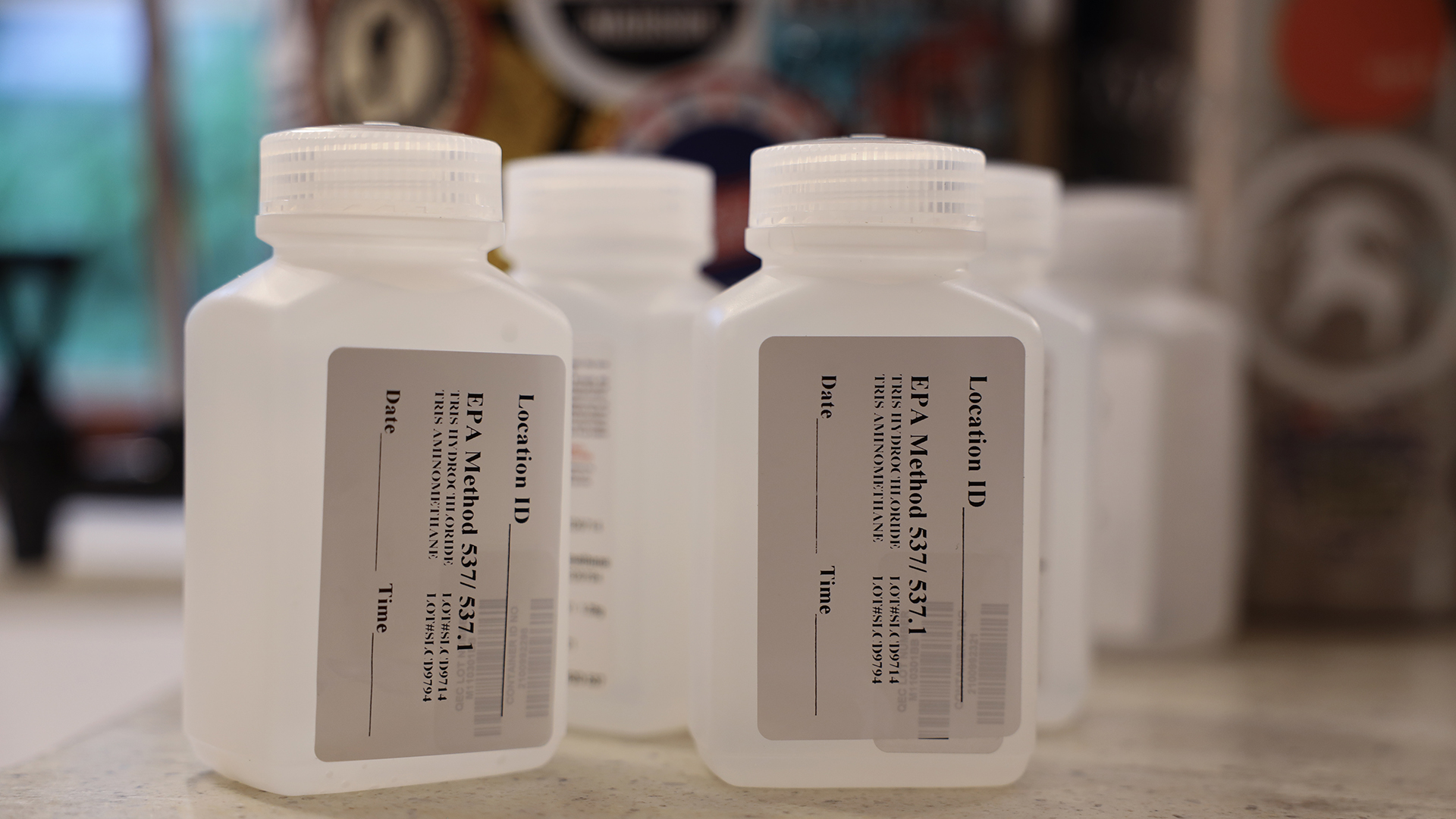
Madison resident Brad Horn collects a water sample to test for PFAS in Madison on Aug. 8, 2022. (Credit: Coburn Dukehart / Wisconsin Watch)
Wisconsin this year established a drinking water standard of 70 ppt for PFOA and PFOS individually and combined, far above the draft EPA health advisory. Multiple Wisconsin public water systems have detected PFAS above or within the state’s standard. Utilities must publish their test results, which you can view online.
What if I have a private water well?
Neither the EPA nor the state regulates private water wells. That means the 1.7 million Wisconsinites who use them bear responsibility for testing and treating their own water for PFAS or other contaminants. The Department of Natural Resources offers general recommendations for well testing here. Many laboratories can test water for PFAS for a fee.
How can I treat my water?
Multiple filtration systems can remove PFAS from tap and well water. You can install them where water enters a house or building or on a specific fixture. Treatment methods include granular activated carbon, ion exchange resins and reverse osmosis.
“We know that the lower the levels of PFOA and PFOS, the lower the risk,” EPA environmental engineer Jonathan Burkhardt said in an email.
The EPA does not recommend that contaminated households switch to bottled water, because the U.S. Food and Drug Administration has not established PFAS quality standards in bottled water, nor does it require testing for PFAS, although the International Bottled Water Association says its members test for the chemicals annually.
What are my filtration options?
Granular activated carbon systems, generally the least expensive treatment option, can remove some PFAS, including PFOA and PFOS. They work by binding PFAS to a porous carbon surface. But molecularly shorter chemicals, known as short-chain PFAS, may slip by. You can install the filter as a household unit or in sinks, faucets, refrigerators and pitchers.
Ion exchange resins act like little magnets that capture PFAS molecules. They are generally more effective than activated carbon, especially at snatching short-chain PFAS. Both technologies often cost less than reverse osmosis systems, which can run upwards of $1,000 to $2,000.
Reverse osmosis devices force high-pressure water through a membrane with small pores to separate chemicals, including short-chain PFAS, from water. However, the technology requires a large volume of water, and it discharges PFAS-tainted backwash into sewer or septic systems — potentially reintroducing the contaminants into the environment.
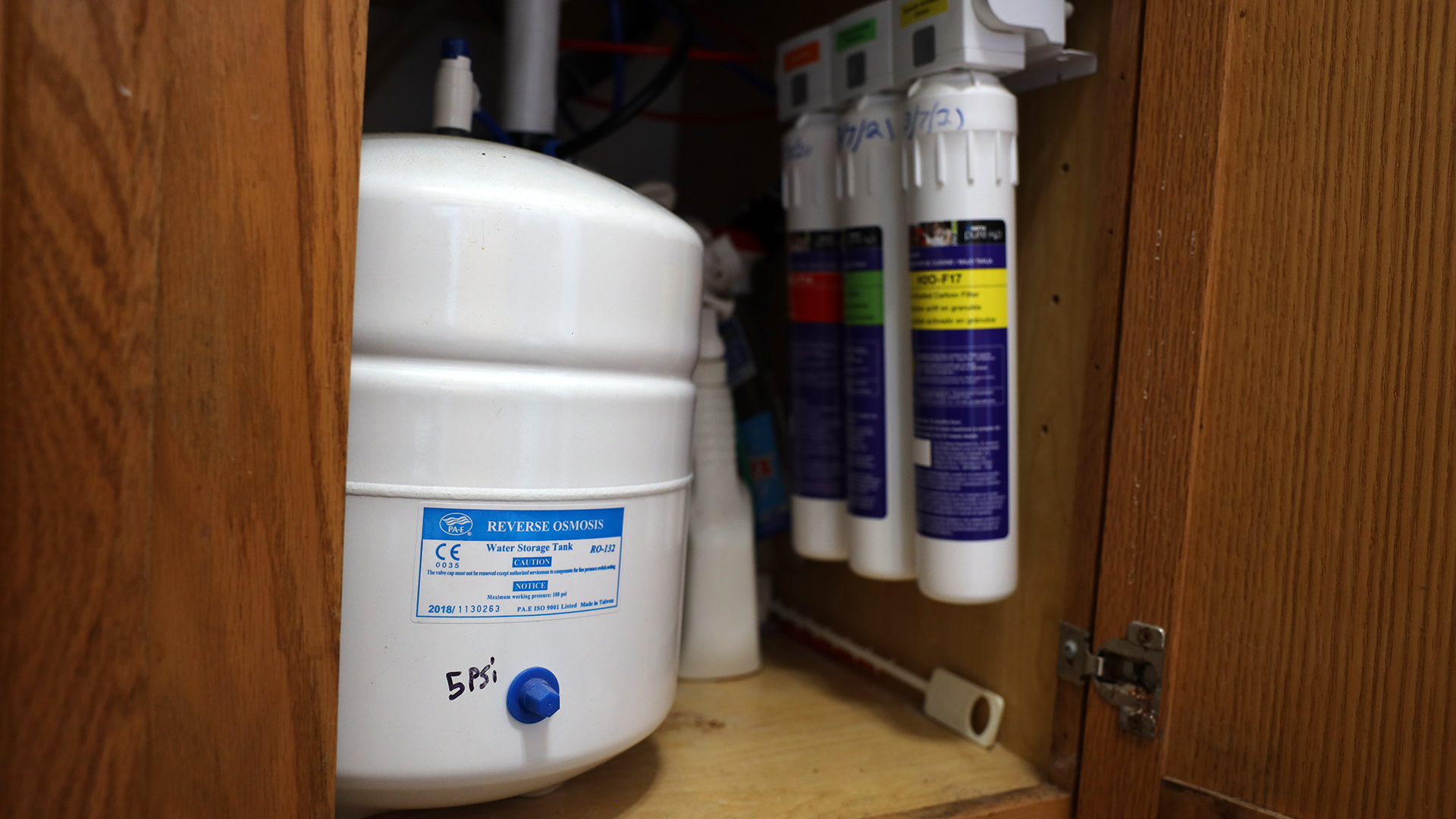
A reverse osmosis filtration system is seen under the kitchen sink of town of Campbell supervisor Lee Donahue on July 20, 2022. Donahue’s household is among more than 1,350 on French Island that have received free bottled water from the city of La Crosse and the state. Donahue initially installed the system but is concerned that it doesn’t do a sufficient job of removing PFAS, so she no longer uses it. (Credit: Coburn Dukehart / Wisconsin Watch)
“None of these techniques are perfect,” said Yanna Liang, a professor of environmental and sustainable engineering at State University of New York at Albany. “It really depends on what exact PFAS are in the water.”
If you can afford it, you can use multiple treatment systems in succession to increase effectiveness. That process is called a “treatment train.”
How well do these systems work?
Each technology can reduce many types of PFAS to non-detectable levels, exceeding 99% removal in lab and real-world settings, according to EPA reviews of scientific studies. However, not all devices are equally effective.
Researchers at Duke University and North Carolina State University tested 76 point-of-use filters and 13 point-of-entry systems and found that reverse osmosis filters and two-stage filters that utilized a treatment train reduced PFAS by 94% or more.
On average, activated carbon removed just 73% of PFAS contamination. But the carbon filters performed inconsistently. Sometimes they removed all PFAS, while at other times they had no effect.
Properly maintaining the systems matters, too. You should replace filters or cartridges according to manufacturer instructions, because PFAS can break through a broken or saturated system. PFAS can even leach from spent carbon filters at higher concentrations than the concentration of PFAS in untreated water.
Reverse osmosis is the “gold standard” for high PFAS concentrations, but activated carbon filters work well for many who treat lower concentrations, said Riley Mulhern, an environmental engineer at RTI International.
Which filtration systems should I trust?
Wisconsin health officials recommend purchasing a device certified by the American Standards Institute and NSF, a product testing and certification organization. To comply with NSF standards, the equipment must reduce combined PFOA and PFOS to below 70 ppt.
But most NSF-tested filters can reduce PFOA and PFOS to undetectable levels, said Kara Nicolaides, an NSF spokesperson. The organization plans to update its PFAS standards in January 2023.
Do treatment systems carry drawbacks?
Yes. They can leave behind contaminated waste, including filters and resins. Those might go to a landfill or incinerator, where they could reintroduce PFAS into the environment. Researchers are studying methods of destroying PFAS-tainted materials — ranging from electrochemical oxidation to ball-milling — but according to a U.S. Government Accountability Office review, no methods can yet “fully destroy PFAS at full scale.”
Small water systems will face even greater filtration challenges than homeowners, said David Cwiertny, a University of Iowa engineering professor and director of the Center for Health Effects of Environmental Contamination.
“They’ll have to figure out how to dispose of it in a way that doesn’t just put it back into the environment and have it be somebody else’s problem.”
What should I know about installing a treatment system?
If you install a treatment system, the Wisconsin Department of Health Services recommends selecting a licensed plumber.
If my private well is contaminated, should I just dig a new one?
The Department of Natural Resources can help well owners determine whether that’s a good idea, or if treatment is better, said Kyle Burton, the agency’s drinking and groundwater field operations director. It depends on several factors, including local geology.
New wells aren’t guaranteed to deliver PFAS-free water, he said, and some risk tapping into aquifers where other contaminants are present. Another risk of digging through certain terrain: the possibility of cross-contaminating aquifers with PFAS.
Digging a well also is pricey, but state aid might be available to pay for it.
The department recently announced a $10 million grant program — using federal pandemic relief — for those seeking to replace, reconstruct, treat or abandon private wells that are contaminated with arsenic, bacteria, nitrate or PFAS. Learn more here.
Bennet Goldstein covers water quality and other environmental issues for Wisconsin Watch and the Mississippi River Basin Ag & Water Desk, a consortium of 10 news organizations. He is a corps member with Report for America, a national service program that places journalists into local newsrooms. The nonprofit Wisconsin Watch collaborates with WPR, PBS Wisconsin, other news media and the University of Wisconsin-Madison School of Journalism and Mass Communication. All works created, published, posted or disseminated by Wisconsin Watch do not necessarily reflect the views or opinions of UW-Madison or any of its affiliates.
 Passport
Passport




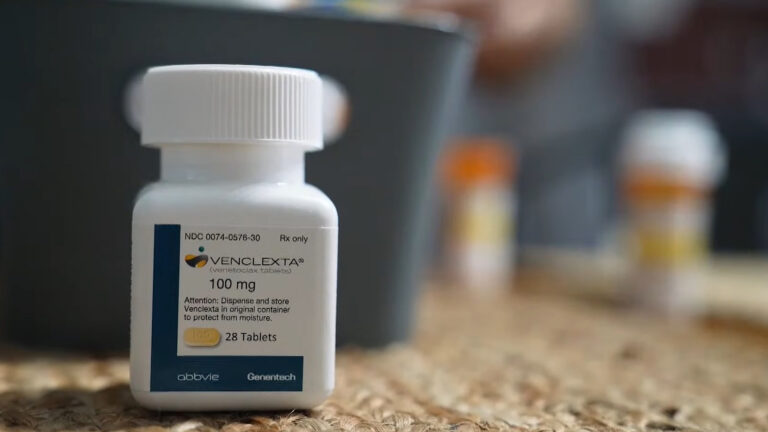


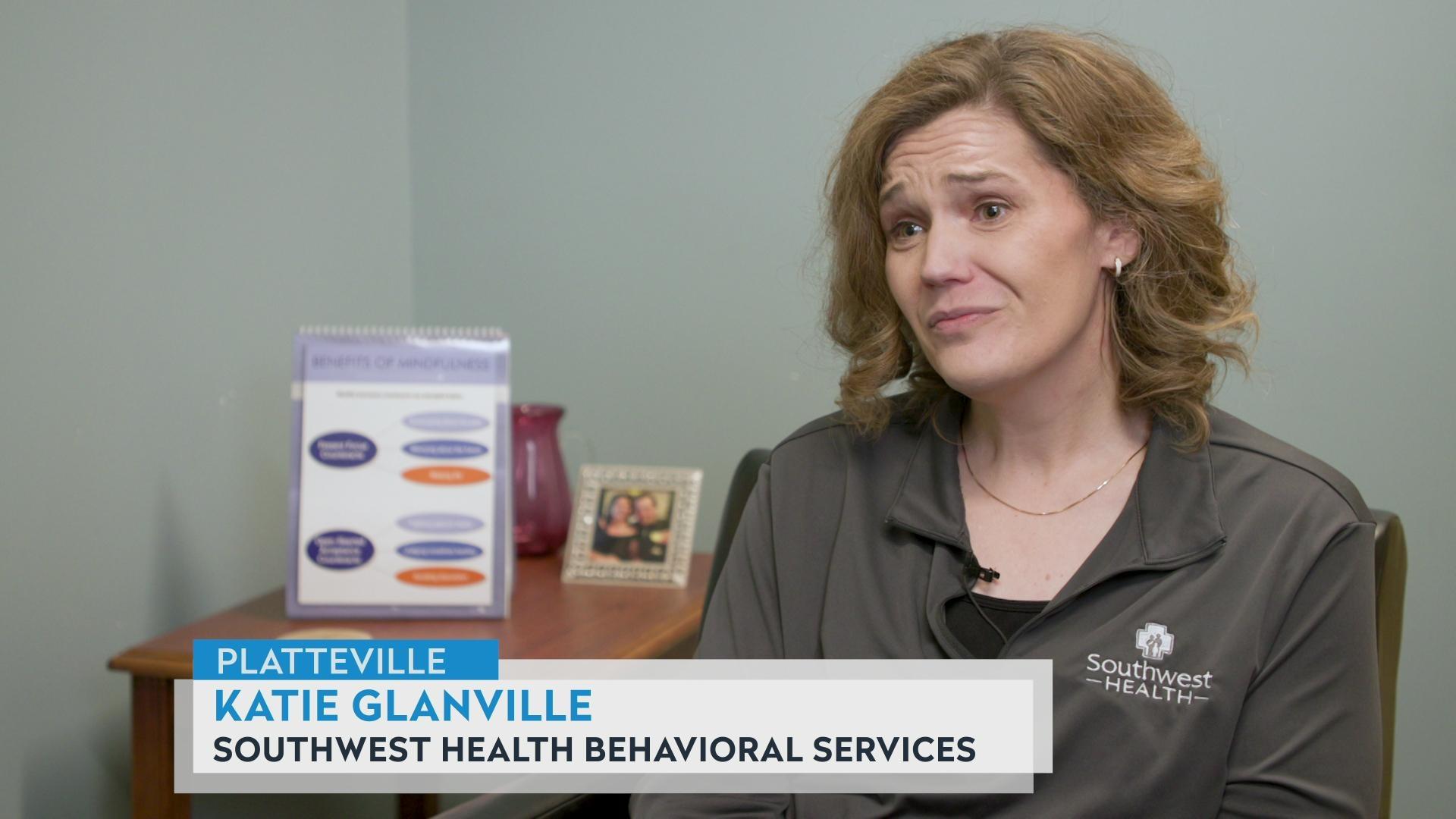



Follow Us